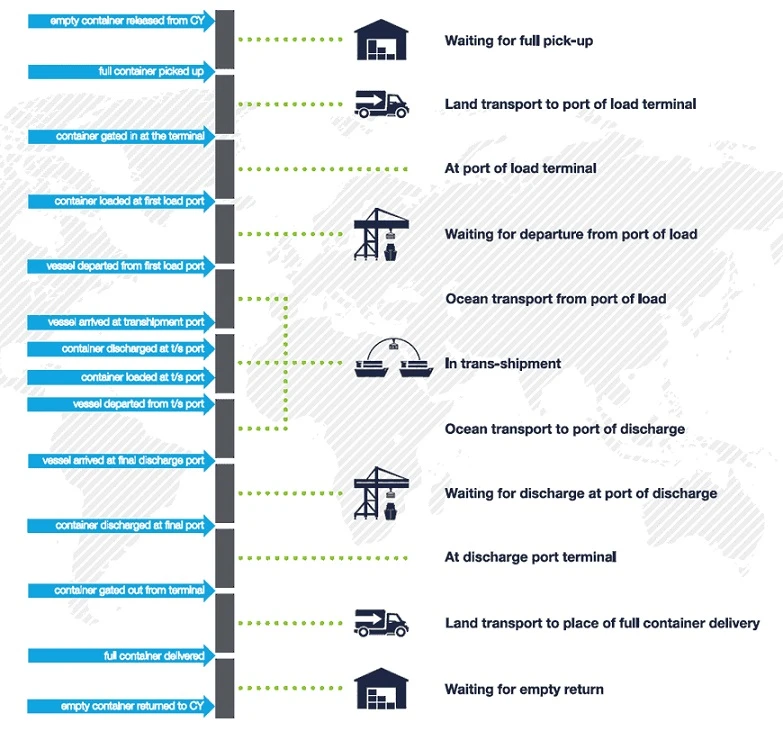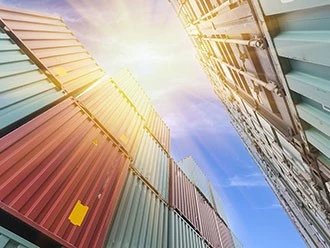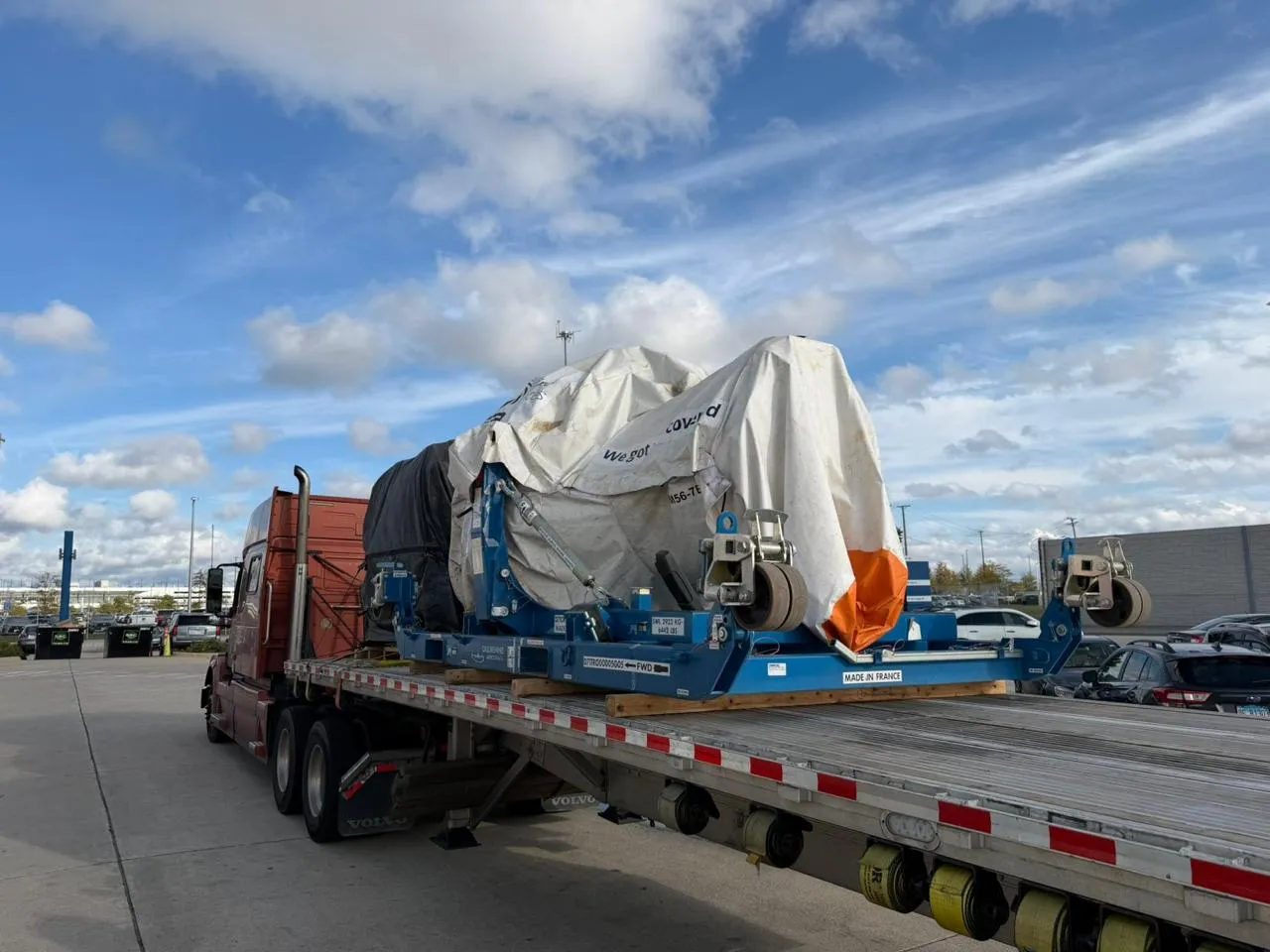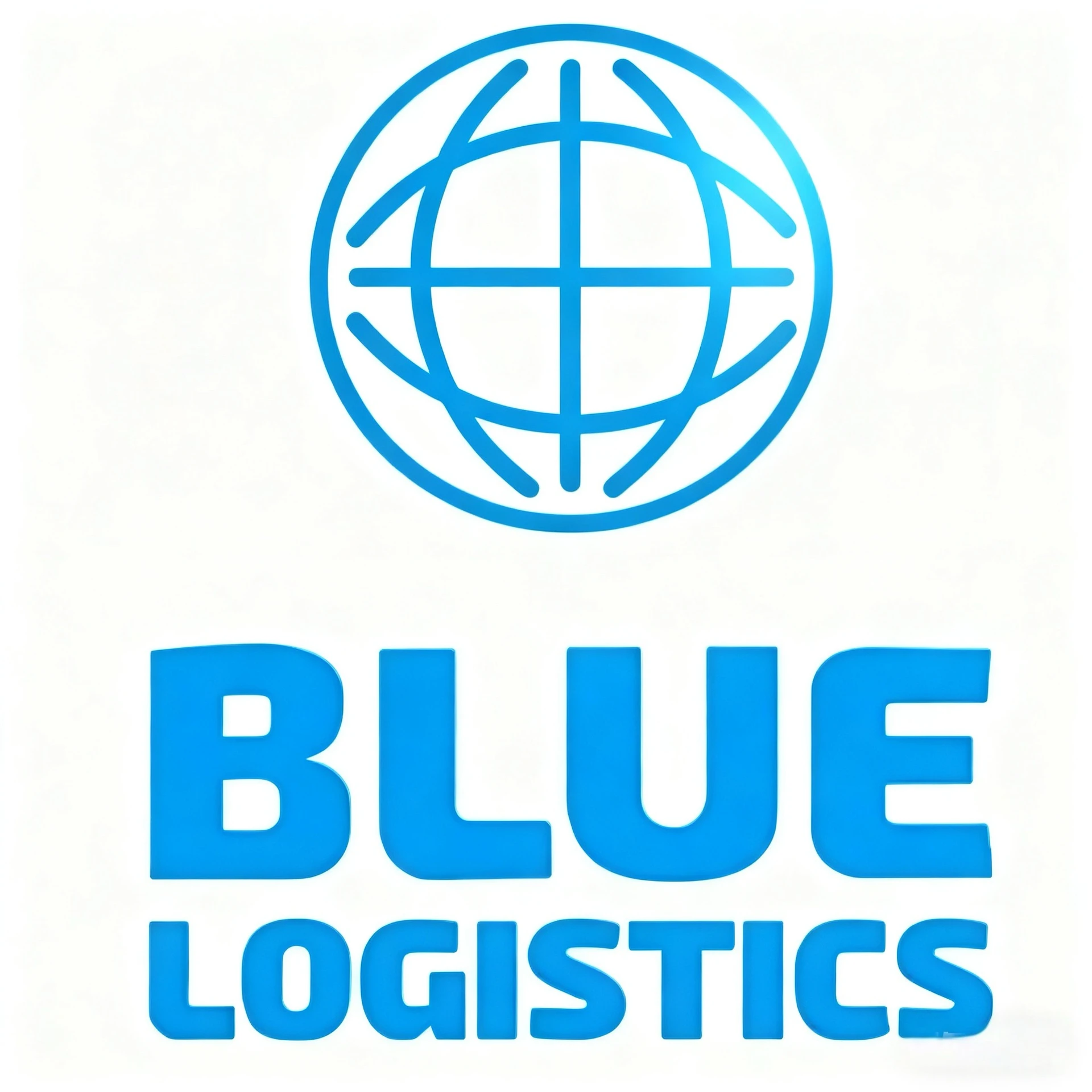The digitisation and automation of global container tracking
Angela Gadaev, Senior Product Manager of WiseTech Global, looks at how digitisation is relieving the growing pressure on container tracking.
As e-commerce continues to accelerate globally, the pressure on the supply chain is steadily building, and with it the growing need to adapt. To some extent this has been happening for years. With the world so rapidly digitising around us, it is increasingly clear that technology can offer powerful and immediate benefits for faster, safer and more reliable logistics operations.
Logistics service providers and freight forwarders should focus their technology investment in solutions that enable quick and easy access to, and sharing of, quality data. With the global supply chain being made up of so many components and dependencies – often with complex relationships – quality data is extremely valuable. It can make the chain operate smoothly and efficiently and help mitigate problems that can damage or break the chain.
One of the most critical parts of the global supply chain to manage, and a pain point for many logistics providers, is visibility and tracking. Very often this is done manually, with individuals, and often large teams, responding to customer queries or preparing reports about their customers’ shipments. These teams will call, email or check the websites of carriers, transport companies, airports, terminals, etc., to pull together the information required. And they may be doing this several times over the course of a shipment. If they are a freight forwarder with hundreds or thousands of shipments underway at any one time, this is a big job.
Data is increasingly being published online, but still isn’t centralised and requires people to look for it. This process does allow shipments to be tracked, however, it has obvious limitations in terms of timely and accurate information, and the ability to identify problems or delays in advance. And when shipments are delayed or miss milestones, costs are incurred through dry runs, re-routing, penalties and storage costs.
Digital global tracking and automation has allowed us to take a huge step forward for shipping freight. WiseTech Global recently enhanced the global tracking capabilities within its CargoWise One platform with Global Container Tracking.
Containers can now be tracked from a single platform, which provides a complete view of all ocean carriers’ container data in near real time. Global Container Tracking takes data from multiple sources including 36 of the world’s top carriers – which account for over 90% of industry container volume – industry aggregators and some ports. This data is then cleansed, standardised and consolidated into one meaningful data structure.
This allows logistics service providers to see all their shipments at any one time and in one place, so customer reporting is quick and accurate. Furthermore, expensive resources are not required to go looking for the information. According to many users, this has allowed them to redirect this tracking resource onto more valuable or profitable activities.
AUTOMATION
Not only is the world digitising around us, it is automating too. This is a good thing because it can cut out some of the repetitive things we do, again freeing up resources to focus on other tasks. Global Container Tracking embraces this by allowing users, when they log a shipment in the system, to set alerts to confirm when key milestones are met e.g. a customer’s container arriving in port.
Better still, users can set the system to only alert them when a milestone is set to be missed, at which point they can swing into action, advise logistics providers and customers downstream in the supply chain and plan contingencies. They can reschedule trucks to come later, re-book connecting transport, alter warehousing plans, and alert customers not to expect cargo on the originally planned date.
This ‘management by exception’ means that no time needs to be spent on shipments that are all on schedule. (Unless a customer rings up to ask about it, at which point the user simply jumps onto the system and, ping, there is it. Instant and accurate.)
Track and trace used to be about looking up numerous different systems to find containers as they moved across the world. Bringing the data together into one platform for quick, easy and accurate tracking, and then automating the process, is a great example of technology removing barriers and reducing risk. And in today’s competitive and pressurised commercial environment, this provides much needed financial and customer service benefits to users and their customers.
Container tracking

Would you like to see what our members are currently up to?
Follow us and engage with us on:
About AerOceaNetwork (AON):
Since 2002 we have been running AerOceaNetwork (AON). We are a non-exclusive group of like minded independent international freight forwarders who want to excel in their markets. At the same time we are building our good name around the globe. Our global forwarding members meet annually to develop their cargo business pipelines and establish personal ties, which quite often even develop into lifelong friendships – another intangible benefit of joining our group of forwarding professionals.
We target positive people who run progressive international logistics companies for our forwarding network membership. We aim to stick to that membership profile and build on it for the future. Everyone benefits from this.
Before becoming our forwarding network member, prospect applicants are required to provide references of other international freight forwarding agents who they’ve worked with over time. We check these shipping references for financial ability, operational capability, mutual sales development & follow up, and communication skills (both in ability as well as response time) as well as other pertinent information. Only companies who pass this process can be offered membership in our group.






